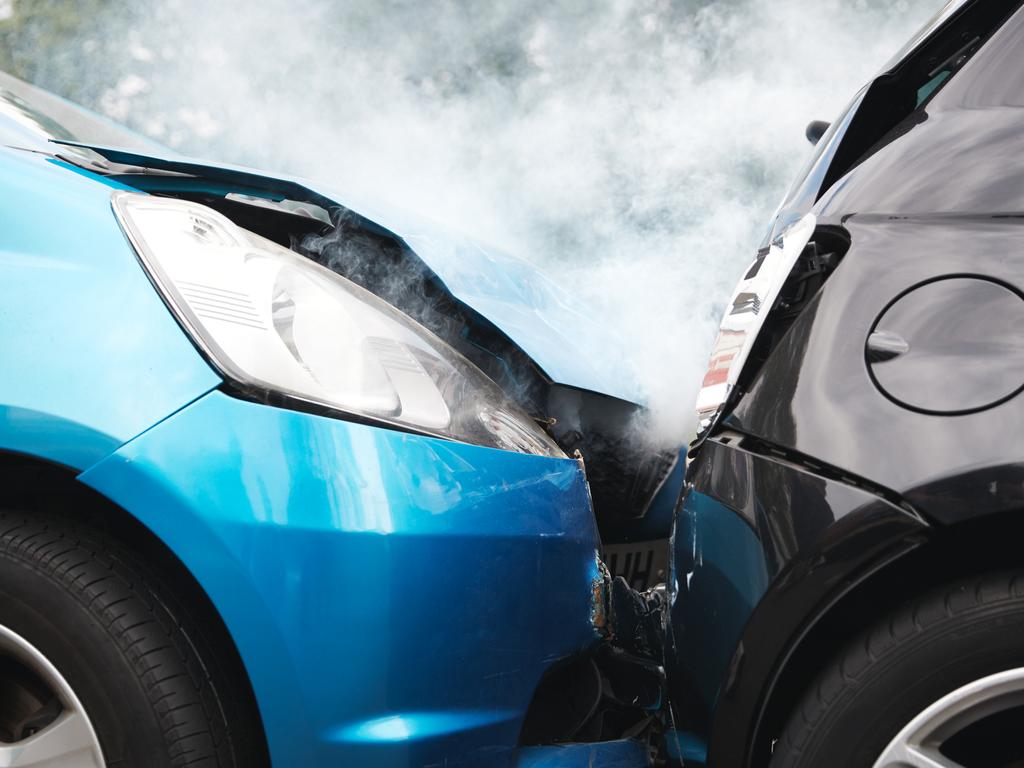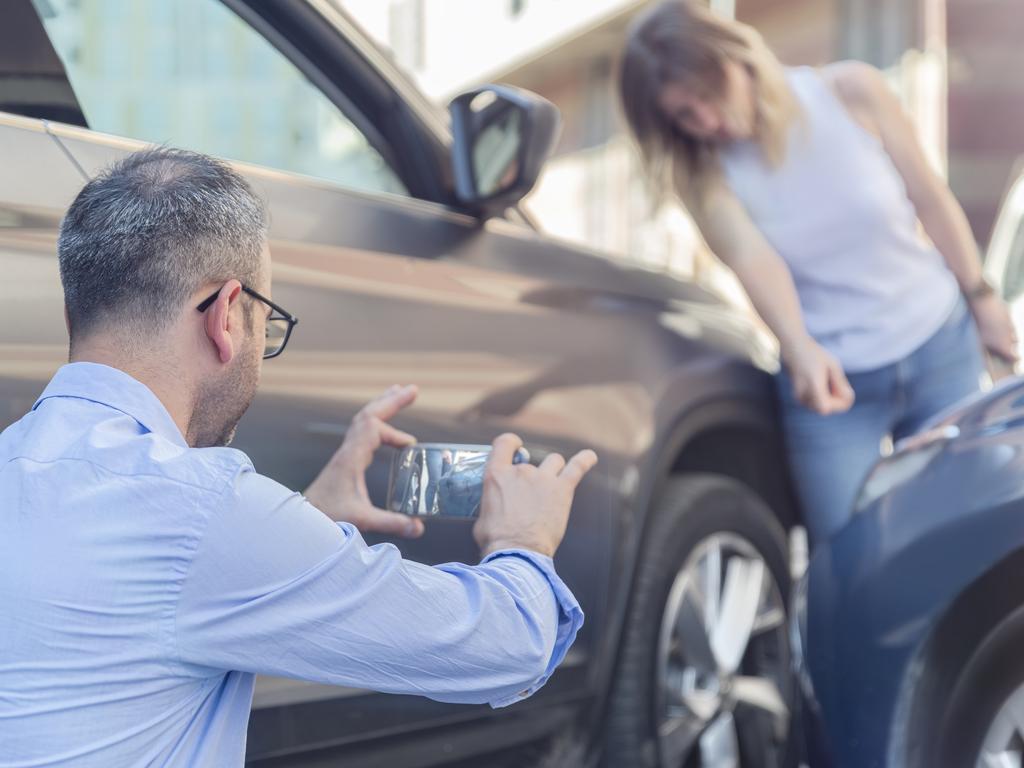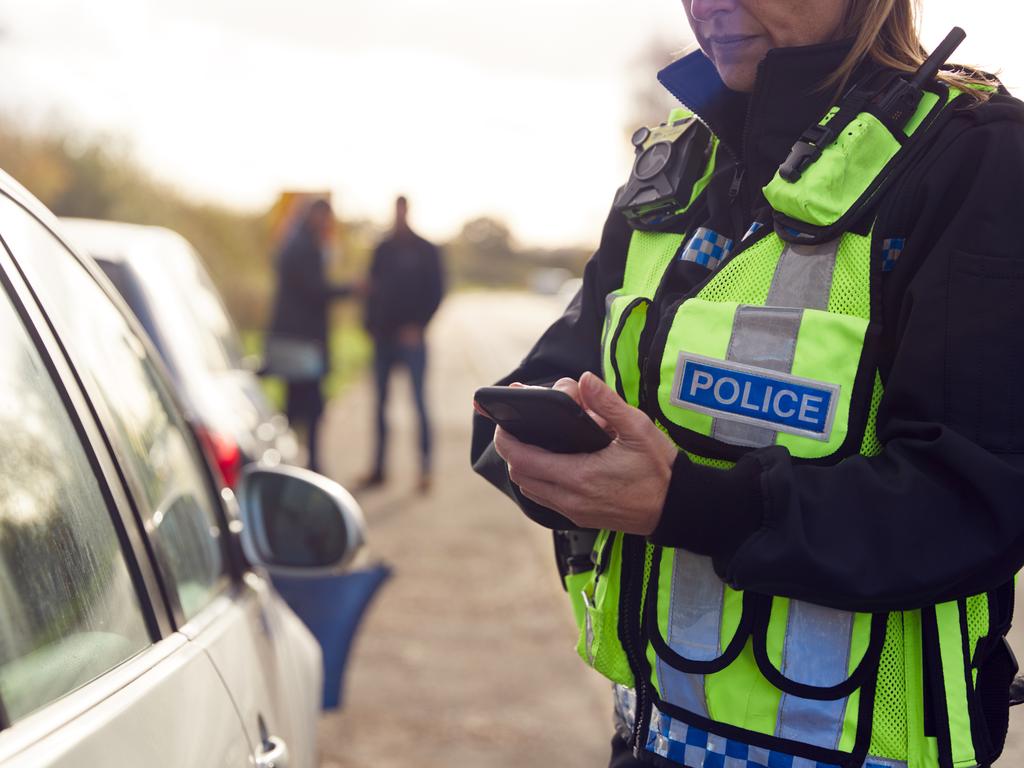Crash victim loses $10K as at-fault driver escapes unscathed
In a stark reminder of why drivers exchange insurance details, a crash victim faces a lengthy ordeal to recoup his $10,000 costs.
Welcome to Sisters In Law, news.com.au’s weekly column solving all of your legal problems. This week, our resident lawyers and real-life sisters Alison and Jillian Barrett from Maurice Blackburn help a car crash victim prepare to recoup his damage costs.
QUESTION: A few months ago I was rear-ended by another car, which caused about $10,000 in damage to my vehicle. At the time I was pretty shaken up – it was the first accident I’d ever been involved in, although luckily, I wasn’t hurt – and I’ll admit I didn’t get enough information about the identity of the driver and at-fault vehicle. Now I’ve been left to foot the bill – but is there any way to make the other driver pay up? – Jack, Qld
ANSWER: Being involved in a car accident can be traumatic and it is often difficult to know what to do in the immediate aftermath.
Without knowing the identity of the other driver your options are unfortunately very limited.

With comprehensive insurance
If you have comprehensive car insurance this should cover the cost of all repairs to your vehicle, less any excess, which is payable by you regardless of whether you can identify the driver.
Ordinarily, your car insurer will then attempt to locate the driver (and their insurer if they have one) to recover the cost of the repairs, including your excess.
Without comprehensive insurance
If you don’t have comprehensive insurance, in order to have any chance of recouping the cost of the damage you’ll need to track down the driver at fault. There are a few steps you can take to assist with this.

Find witnesses
You haven’t told us if the police attended the scene of the accident. Assuming they did, they should be your first point of call and will have the driver’s details.
Failing this, you should attend the scene of the accident and ascertain whether there is any CCTV footage in the area, whether that be managed by council, government or local businesses.
In most busy roads there are CCTV cameras and you can apply for access to the relevant footage through your local council, so contact them for advice about how to do this.
Some people have success locating witnesses to an accident through social media, so you may want to post on a local Facebook page asking for witnesses who may be able to identify the at-fault driver for you.

Direct to driver
If you are able to locate the driver, your first step is to contact them and ask if they have insurance as it is likely their insurance company will pay for the damage for you.
If they don’t have insurance it becomes a little trickier as you need to deal directly with the driver in an attempt to recover the money from them.
Any issue like this is best resolved informally. However, if they don’t agree to reimburse you for the damage, you will need to write a letter of demand.
Letter of demand
There are some advantages to asking a lawyer to draft a letter of demand, however it is not essential.
A letter of demand should be detailed and include:
• Ideally two quotes to repair the damage
• Copies of any invoices/receipts for additional expenses (such as towing expenses)
• Details of how much they need to pay, how to pay it (ie your bank account details) and when it needs to be paid by
• Information about what action you will take if the amount isn’t paid as per your request, such as legal action

Ensure your letter is not threatening, harassing or abusive in any way.
You should make a copy of the letter and send it via registered post to ensure you have a record of the driver receiving it.
What next?
If there’s no response to your letter of demand, or the driver refuses to pay, you can bring a minor civil dispute claim in the Queensland Civil and Administrative Tribunal (QCAT).
Because of the amount of money involved, before your matter is listed for a hearing QCAT will list your matter for a mediation with an independent third party to try and resolve the dispute.
More Coverage
The QCAT website has the relevant application form you need to lodge and a step-by-step guide of the process you need to follow.
Be aware that in any claim for property damage, strict time limits apply. There are only six years from the date of the damage to bring a claim.
If you have a legal question you would like Alison and Jillian to answer, please email stories@news.com.au. Get more from Alison and Jillian on their Facebook page.





